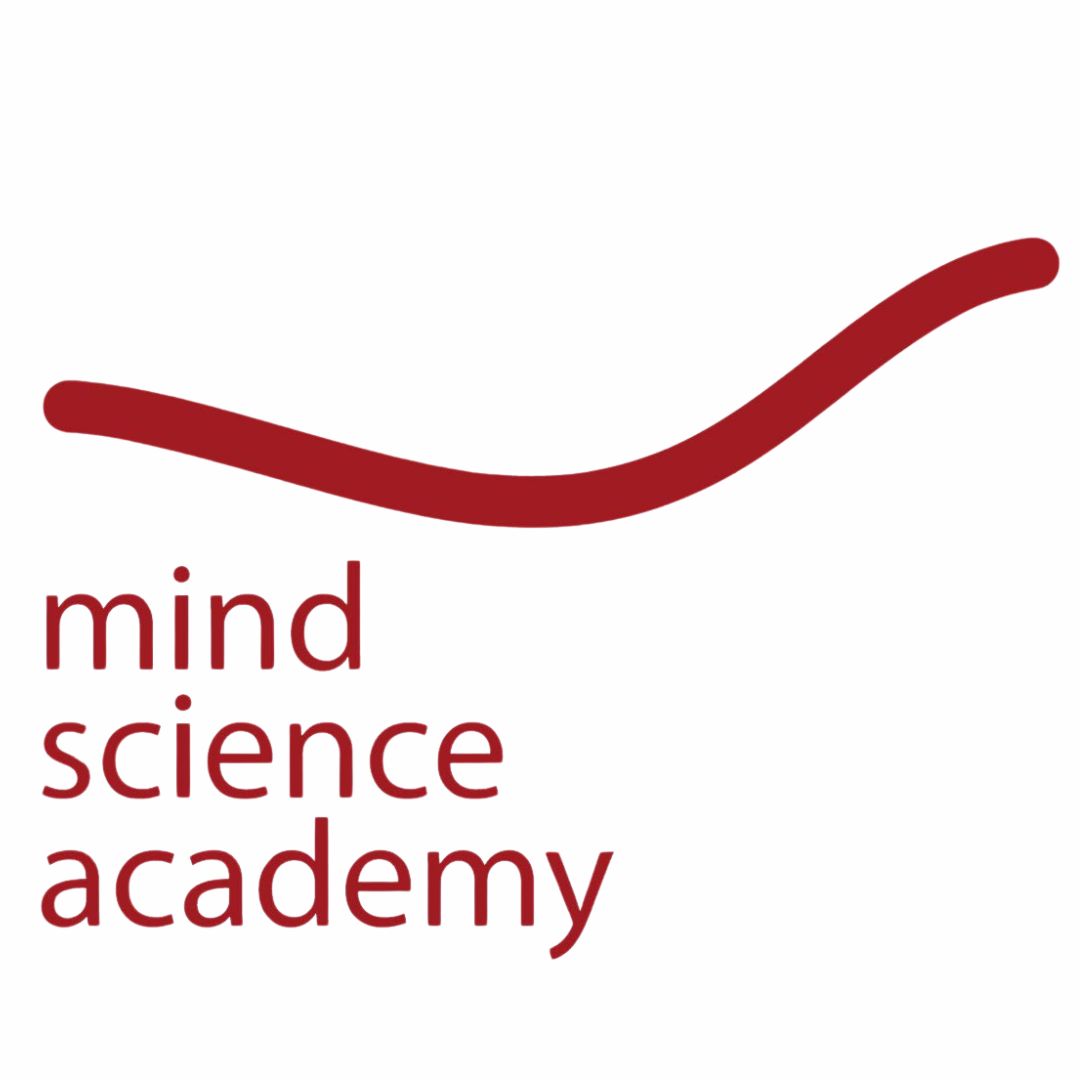The 14th Dalai Lama of Tibet, Tenzin Gyatso, describes himself as a simple Buddhist monk. He was born on 6 July 1935 to a peasant family, in a small village located in Taktser, Amdo, in north-eastern Tibet. At the age of two, the child, then named Lhamo Dhondup, was recognised as the reincarnation of the previous 13th Dalai Lama, Thubten Gyatso.
The Dalai Lamas are believed to be manifestations of Avalokiteshvara (Skt; Tib.Chenrezig), the bodhisattva of compassion. Bodhisattvas are fully realised beings inspired by the desire to achieve Buddhahood for all sentient beings, who have chosen to be reborn into the world to help humanity. Tenzin Gyatso began his monastic education at the age of 6. The curriculum of studies, derived from the Nalanda tradition, consisted of the five major and five minor subjects. The former include logic, fine arts, Sanskrit and medicine, but the greatest emphasis is placed on Buddhist philosophy.
At age 23 he's tackled the final exam in the Jokhang temple in Lhasa, during the great prayer festival (Monlam Chenmo) in 1959. Scoring full grades he's then obtained the highest eulogy for Buddhist practitioners: the title of Ghesce Lharampa, roughly comparable to our PhD programs.
The Dalai Lama has traveled more than 67 countries in all continents. He's obtained more than 150 recognition titles, ad honorem degrees, prizes and so on, as acknowledgement for his teachings of peace, non-violence, dialogue between religions, universal responsibility and compassion. He's also written and collaborated in issuing more than 110 books.
The Dalai Lama has entertained a rich and intense dialogue with various representatives of other religions and took part in many events promoting dialogue. Ever since the mid eighties, he's involved in mediating with western natural sciences, especially in the distinctive fields of psychology, neurobiology, quantum physics and cosmology. Giving birth to an historical collaboration between monks and world-class scientists in trying to help people reach peace of mind. This has finally brought western natural sciences within the traditional curriculum of studies in Tibetan monastic institution restored in his exile.



